Should I Run My Pond Aerator Continuously?
As a rule of thumb, we recommend running your aerator 24/7, 365 days a year.

One of the most common questions we receive at HIBLOW USA is whether pond aerators should run continuously. Generally, we recommend running your aerator 24/7, 365 days a year.
Why Continuous Pond Aeration is Beneficial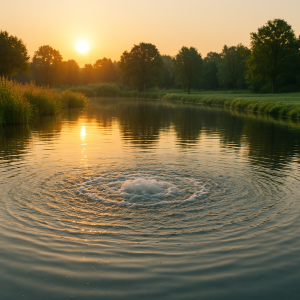
Continuous pond aeration promotes the growth of beneficial aerobic bacteria that break down organic matter in the pond. This reduces muck buildup and improves overall pond water quality.
Bottom-diffused aeration circulates the entire water column, bringing oxygen-poor water from the bottom to the surface where it releases toxic gasses and absorbs oxygen. HIBLOW believes that water circulation is the most important benefit of bottom diffused aeration.
Additionally, tiny bubbles released from a pond diffuser introduce dissolved oxygen into the water, which is essential for aquatic life.
Continuous pond aeration also helps prevent biological buildup and clogging in the diffuser, maintaining airflow efficiency and extending the life of your pond air pump.
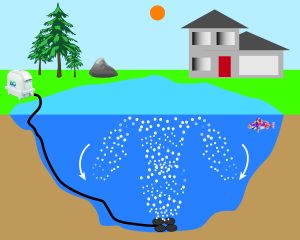
Why Wouldn’t You Want to Aerate All the Time?
Some believe that aeration isn’t needed when water temperatures drop below 55°F since cold water holds more dissolved oxygen. While this is true, HIBLOW believes that aeration still plays a critical role year-round.
During autumn, falling leaves and other organic debris increase oxygen demand, just as plants reduce their natural oxygen production. Additionally, pond water layers can stratify, forming oxygen-depleted zones. Sudden turnover can release toxic gases, risking a fish kill.
In northern climates, ice-covered ponds trap toxic gases. As organic matter decomposes, oxygen is displaced, possibly leading to winter fish kill if levels drop too low. However, if you plan to use your pond for recreation such as ice skating or hockey, subsurface aeration is not advised for obvious safety reasons.
What About Aerating Continuously in Hot Climates?
In extremely hot climates, continuous pond aeration can raise water temperature throughout the entire water column. Once water exceeds 83–85°F, fish 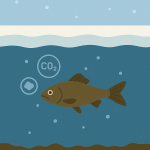 may experience heat stress.
may experience heat stress.
To address this, some pond owners opt for night-time only aeration. This lets cooler water settle during the day and circulates at night, when oxygen levels naturally drop.
If you’re not running your aeration system continuously, be sure to monitor aeration system pressure. Inactive systems can allow biological growth to clog diffusers, which reduces air flow and stresses the aerator.
The Verdict: Year-round Continuous Pond Aeration Is Best for Most Ponds
Unless you live in an extremely hot climate or use your pond for winter recreation, running your aerator 24/7/365 will deliver the best results. HIBLOW aerators are very energy-efficient and built for continuous use. You have invested time and money in your system, why not get the most out of it?
More Pond Aeration Content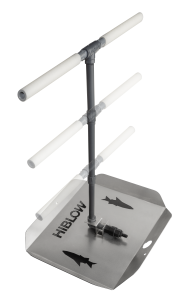
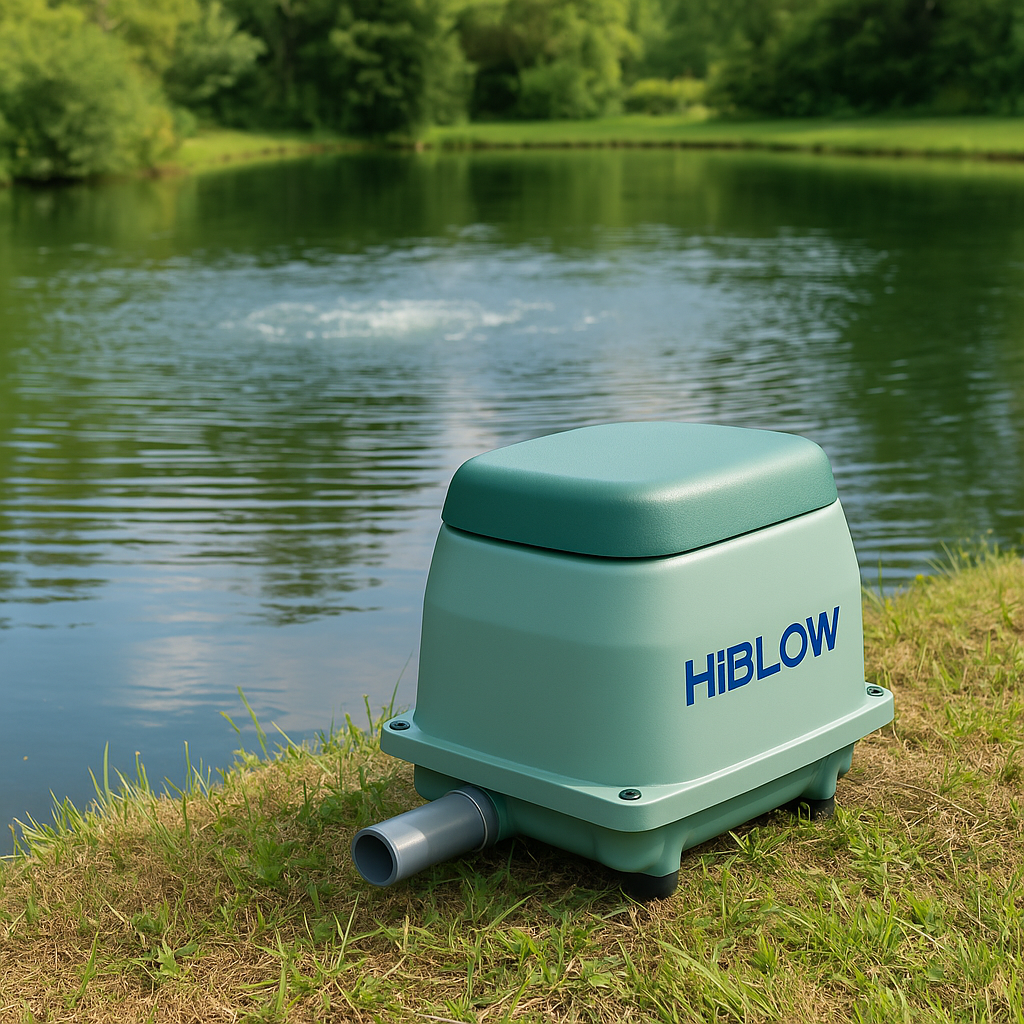
- Do I Need a Pond Aerator Cover?
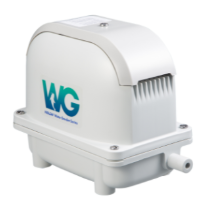 Introducing the HIBLOW Portable Pressure Gauge
Introducing the HIBLOW Portable Pressure Gauge- Introducing the HIBLOW Adjustable Height Pond Diffuser
- What Size Air Pump Should I Buy?
- DIY Pond Aeration
- How to Calculate Backpressure
- What Type of Diffuser Should I Buy for My Pond?
- How Water Depth, Pipe Size and Diffuser Type Affect Longevity
- DIY Solar Pond
- For all HIBLOW pond aeration content click here
- Koi Pond Air Pump: Quality Matters
Follow us on Facebook: HIBLOW Facebook Page






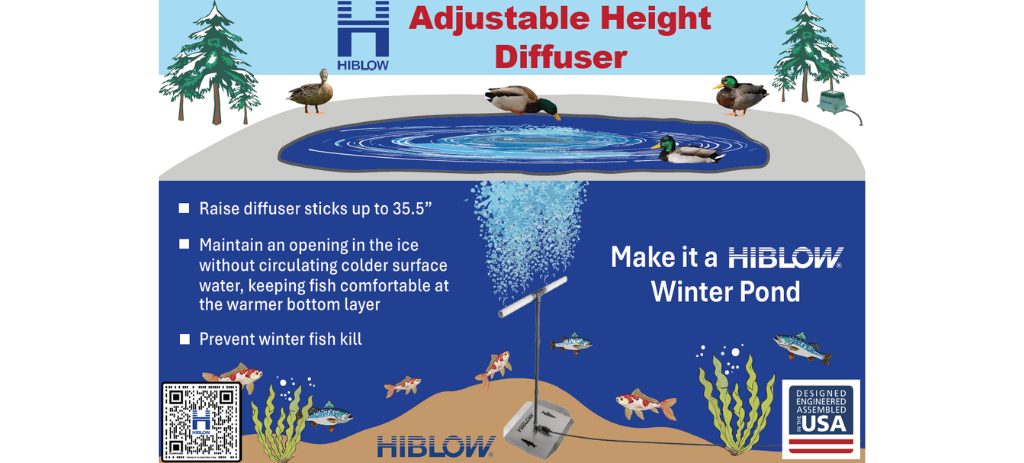

No comments:
Post a Comment